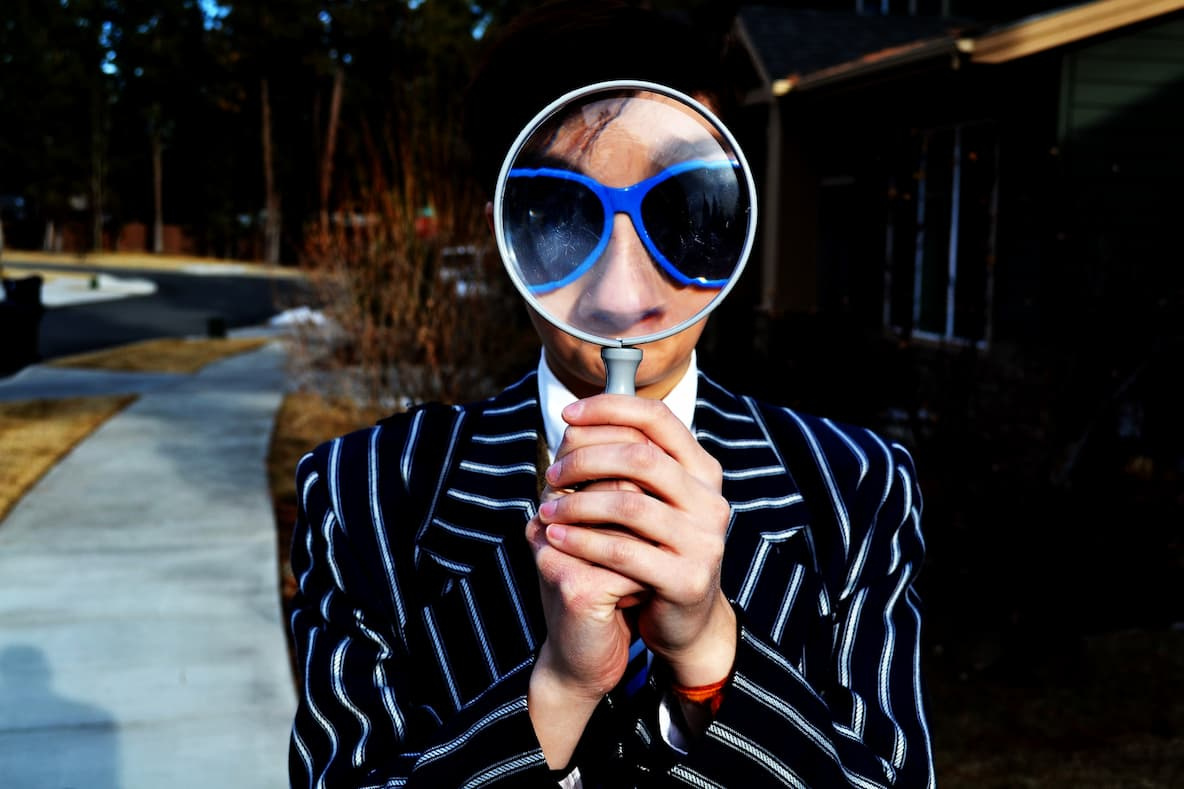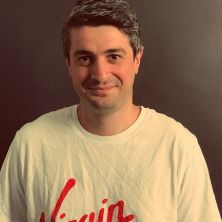
Working in the project-based part of an agency means not-too-much-ahead visibility when it comes to staffing. Larger corporate projects in digital marketing have quite complex beginnings, dominated by uncertainty, stakeholder ping-pong within the corporate jungle and constant delays. Smaller projects are short, so they do not offer enough stability for hiring new folk. Shrouded in uncertainty, hiring becomes a philosophical act for an agency, revolving around the question on whether to place a bet on an uncertain future and invest, or look for alternatives.
Hire fast, deliver on time
In the past, we used to hire in a spirit of emergency: whenever a project would start with a predicted constant level of work and we lacked resources, it was high time to move. Typically, staffing would have quite short lead times, putting some pressure on the hiring process. We tested candidates with some cases they needed to solve, but the process did not yield satisfactory results. So, we went back to hiring after only one interview. Mostly, we were super lucky and got to build a formidable team, but some few exceptions proved us wrong.
Work with partners
During the pandemic we started shifting though: our strategy slowly mutated from hiring whenever overloaded to contracting external colleagues. They would be either freelancers or outsourced from partner companies. Work with them proved to be very satisfactory for both parties. We expanded our horizon in that respect, and a part of our team consists of outsourced colleagues. These days, we are proud to work with a solid roster of partners, and we further partnered with a handful of other companies.
Slow down and think it through
With this shift, we discovered a new liberty around the hiring process, because finding the right candidate is now much less stressful. We do it in two stages. In the first stage, we would staff our needs within 2-3 weeks with external colleagues. We integrate them as much as possible in our workflows, coaching structures, and team activities, and ensure a qualitative output. At the same time, we take our time with finding the right candidate for a job. As a goal right now, we want to make a candidate an offer within 3 months. This gives us time to screen a very large number of candidates, talk to tens of them, run many through our assessment center, and check culture fit with all of the ones that make it through to this stage. The mission is to get to work with the best potential matches and to have a process that ensures we do not miss them.
We have 4 phases:
- The first screening, done by HR and 2 members of the Project Management team.
- The first interview, ran by me.
- The assessment center, ran by me and seconded by another Project Manager (PM) from my team.
- The culture fit, ran by everyone who can join from the PM team and the potential new colleagues.
Let’s have a short look at all of them!
The first screening
We are careful with our job ads, and try to be as specific as possible, asking for a certain way of working, a certain experience and a certain attitude, while depicting as precisely as possible the way we work and see work at Cocomore.
When screening against a job ad, we look not only for suitable experience and skills, but also very much for a plethora of signals that raise awareness to a candidate’s potential: deciding to take a career turn towards our required experience is always a plus, because we value learners. A strong education paired with being focused on impact is also a good indicator. Phrasing a CV around outcome and less around buzzwords or rituals always nets a positive reaction on our end.
For the current open positions, we are experimenting with hiring specifically for remote work, and besides our locations in Frankfurt, Cologne, Seville, and Geneva, we are recruiting in several locations in Germany, Spain, Romania and other cities in Central and Eastern Europe that are known for being digital hubs.
The first interview
The goal of this session, for me, is to make clear how we work at Cocomore, making sure expectations are close to reality and that the candidate could be a fit. I am interested in specific details around the relevant experience, be it work experience, education or mindset, and I always go into some details, trying to find out how the candidate’s behavior and opinions would fit our needs. I try to be open about my impression around the CV from the beginning, to give the candidate a chance to shine while talking about themselves.
At the same time, I try to make sure the conversation runs as naturally as possible, because a relaxed candidate who feels that a discussion isn't just one-sided will be much more comfortable talking, will talk calmly, will be much more aware and ask the most interesting questions. Tools and specific skills are always secondary, because they can easily be learned later.
During this session, I capture my notes in a scorecard and rate the candidate on a Likert scale between extremely poor and exceptionally good. I try to share my feedback in the session itself, in order to give the candidate a chance to make it a discussion point, thus helping them for any future interviews they might have.
The assessment center
We designed an assessment center highly influenced by Work Rules!, by Laszlo Bock. Some folks on LinkedIn also pitched in, highlighting a few ideas. Now we are experimenting with it and gathering data.
To design it, we start by analyzing the job ad and writing down what we expect of a candidate. We cluster the expectations in groups and, where needed, round them up by further expectations. If needed, at this point we would re-visit the job ad and adjust it accordingly to make it as precise as possible.
Then we go cluster by cluster, and for each expectation we write down at least two test formats out of possible three:
- Multiple choice questions
- Tasks
- Situational questions
As a result, we have a solid pool that we can draw from to create dynamic assessment centers as required by the positions. Whenever possible or needed, we shall expand the pool.
For our current two positions, we settled on 5 multiple choice questions, 3 tasks and 3 situational questions. Overall, they are perfectly manageable in one hour. The tasks require quite a bit of structure and discipline to stop at the right level of intensity and focus on the argumentation that needs to be delivered to the interviewees after one hour of work.
The check lasts one hour and is a series of dialogues based on the candidate’s answers. Typically, it is a bunch of follow up questions, constantly shifting the level of detail or checking how the answers would change if the parameters were changed.
During this session, two assessors attend and take notes in a predefined template. Right after the session, they discuss their impression of the candidate and score their result for each item of the assessment.
The culture fit
The last session a candidate needs to pass before getting an offer is testing the culture fit. The only question I want to ask in this session is about their long-term plans, as far as they can see them now. Everything else is subject to whatever the other participants might ask. This session is about sympathy, so we don't structure it. Instead, we use it to decide between several candidates that are running closely together after the assessment center.
Once this session is successfully passed, we discuss the results within the PM team and decide who will get an offer.
At this point, one and a half months in, the first candidates already went through the assessment center. We already see how the strong design makes it possible to compare results in a very clear way and empowers the PM team, as a group, to take joint decisions.

